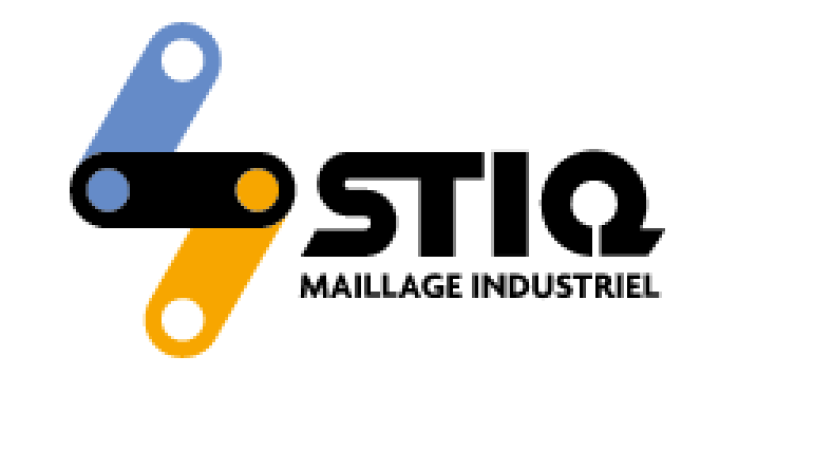July 20, 2022
February 18, 2021 | Local, Clean technologies, Big data and Artifical Intelligence, Advanced manufacturing 4.0, Autonomous systems (Drones / E-VTOL), Virtual design and testing, Additive manufacturing
Lancement des Prix Innovation 2021

L'Association pour le développement de la recherche et de l'innovation du Québec (ADRIQ) est fière d'annoncer le lancement de son Gala des Prix Innovation 2021
Il s'agit de la 31e édition du Gala des Prix Innovation, qui se tiendra le 25 novembre 2021.
« Pour donner suite au succès de notre 30e édition dans laquelle nous avons reçu un record de candidature, soit une augmentation de 100 % par rapport aux années précédentes, nous sommes heureux d'annoncer le lancement de la 31e édition du Gala des Prix Innovation à plusieurs mois de notre événement » indique Pascal Monette, Président-directeur général de l'ADRIQ.
« Nous invitons toutes les entreprises innovantes à envoyer leur candidature pour les Prix Innovation 2021. C'est une occasion unique de participer au plus prestigieux rendez-vous soulignant l'innovation. De plus, cette année, nous allons ajouter de nouveaux prix, dans des catégories qui seront dévoilées sous peu. Gardez les yeux ouverts », ajoute-t-il.
Les entreprises de toutes tailles peuvent effectivement envoyer leur candidature selon la catégorie la plus appropriée et ce, jusqu'au 21 mai 2021. Le formulaire prend quelques minutes à remplir. Les Prix Innovation sont également ouverts aux entreprises en démarrage. Dans cette catégorie, l'entreprise gagnante du Prix Innovation sera choisie par vote populaire, en premier temps sur le site Web de l'ADRIQ et ensuite lors du Salon Incub-Innovation, lequel a lieu une heure avant le Gala des Prix Innovation.
Pour soumettre votre candidature ou pour plus d'informations : cliquez ici.
Pour plus d'information, contactez un courriel à l'adresse courriel suivante : carl.baillargeon@adriq.com
Pour visionner le film du Gala des Prix Innovation 2020 : cliquez ici.
https://www.stiq.com/2021/02/17/lancement-des-prix-innovation-2021/
On the same subject
-

-

May 5, 2020
MRO Opportunities Emerge For Remote Video
Sean Broderick Lindsay Bjerregaard May 01, 2020 MRO shops are confident that remote technology can be used on everything from article inspections to facility audits. It is tempting to think that aviation will derive nothing positive from the novel coronavirus pandemic. While parked aircraft, smaller operators, and a generally downsized industry are clear negatives, some changes forced by the spread of COVID-19 will benefit the industry long after the viral menace is gone. In the regulatory compliance area, expansion of remote technology may end up being the most positive development. Using technology such as cameras was never prohibited, but its use was not readily embraced by certificate holders. In March 2020, the U.S. FAA's Aircraft Certification Service, backed by several years of industry input, fast-tracked guidance on technology such as cameras and video conferencing for a range of required tasks, including conformity inspections as well as engineering and ground tests. On April 20, the FAA's Flight Standards unit followed up with its own inspector guidance, providing a framework—but, importantly, not prescriptive limitations—that expands technology's use deeper into the MRO world. The guidance provides general considerations of which inspectors should be mindful when video and communication technology (VCT) is proposed to help accomplish tasks. Among them: Video quality must be sufficient for the task and must provide some method of validating that whatever is being recorded or broadcast is happening where and when it is supposed to—think time stamps, for example. The order does not exclude any specific technologies or products from eligibility, saying only that the tools must be able to “accomplish the task.” The only exception is a general one: FAA personnel must use government-issued devices for any tasks they perform. An example: Watching a video shot by a certificate holder on a government-issued laptop or smart phone. VCT may “enhance processes and procedures” or may serve as an “alternative” to a given task, the FAA guidance says. The technology also can be used live. For example, picture an inspector watching a video feed of an inspection and directing the camera holder on what should be shown. Industry stakeholders are confident that the new guidance, combined with the realities of the pandemic-related social distancing, will prompt rapid adoption of VCT. Certificate holders can use devices as simple as a smart phone to record evidence of accomplishing tasks that the agency can then validate. Airframe services specialist MRO Holdings is among the aftermarket providers embracing the new technology. The company was in the midst of a major facility expansion when the pandemic hit. A required FAA facility inspection was due, but getting an inspector out during the pandemic was a nonstarter. Instead, the inspector was brought in virtually, using a video-conferencing service. In addition to serving as the FAA inspector's “eyes and ears,” the link allowed for digital photos to be taken and electronic documents to be delivered, says Gregg Brown, MRO Holdings vice president of compliance and technical solutions. The inspection took 3 hr., and the facility was approved for use right away. The company has loftier aspirations for VCT. It uses remote links to connect a newly centralized planning, engineering and supply chain operations center with its multiple airframe facilities. The setup means the company can put a team of experts in each MRO shop without their having to physically be there, Brown says. A similar approach could eventually be used to help customers keep tabs on aircraft in MRO Holdings' facilities with fewer airline technical representatives on-site. “I think [we will be] in a rapidly evolving landscape for the foreseeable future,” Brown says. “This crisis is going to spur some really innovative thinking, and I'm really excited as a technology geek to watch this happen.”
-

May 12, 2021
Inscrivez-vous au Défi Start-Up!
Les Affaires est à la recherche de la start-up qui va révolutionner le futur. Ça pourrait être la vôtre!